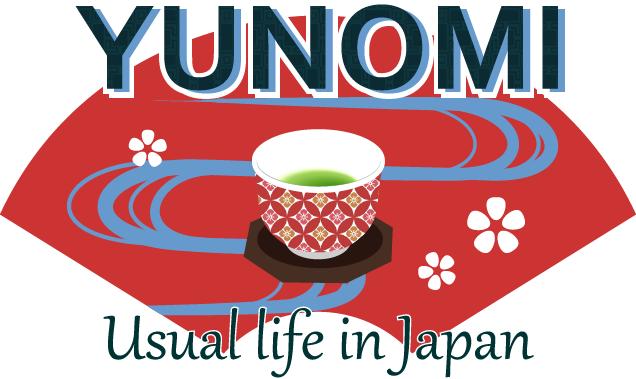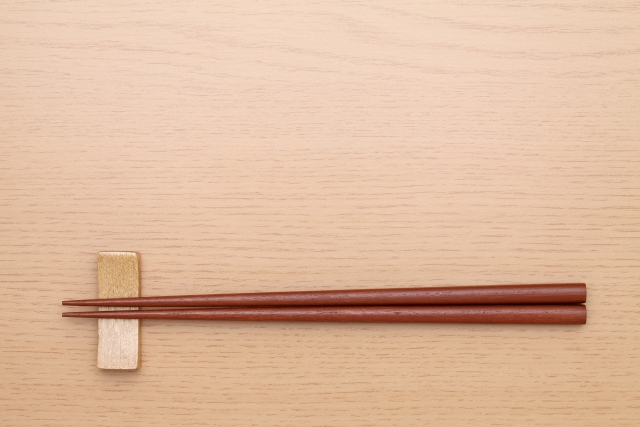Haushi, chopsticks, are tableware, but they have symbolic caning for the Japanese. It is said that the Japanese start and end their lives with chopsticks. At each turning point in life, there is a ceremony using chopsticks.
A baby and its parents celebrate me 100th day after its birth as kuizome (first meal) and the baby meets chopsticks. Other celebratory hashi are enmusubi (match-making) hashi, meoto (married couple) hashi at the wedding, and chõju (longevity) hashi. In Buddhism, when one dies, his/her family members moistens the lips of the deceased with matsugo no mizu (last water before death) applied using a cloth or a piece of cotton attached to the end of a chopstick. A bowl of rice with one chopstick standing in the middle is placed near the head, so one won't starve in the next world.
It used to be said that one's soul went into one's chopsticks. When you used disposable chopsticks and left them, part of your soul remained there. So they were broken and thrown away after use. Even now everyone has his own chopsticks to use.
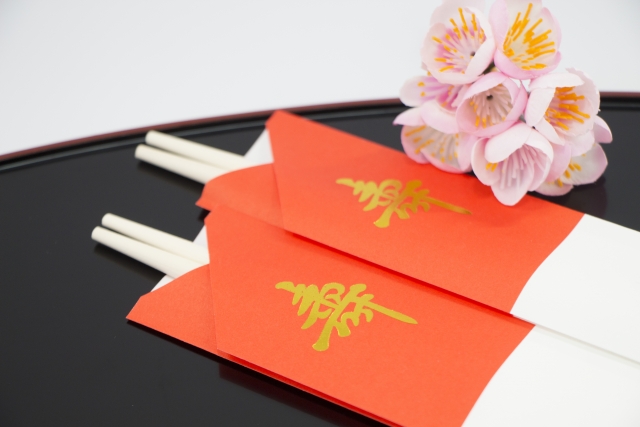
The New Year is celebrated using special unvarnished chopsticks made of willow wood. Willow (yanagi) is favored because it is a homonym for other Chinese characters meaning "joy in the home."
These chopsticks are thinner at both ends, so that man uses one end, and the kami (gods) use the other end. This fulfills the old Shinto idea of people and kami eating together.
Is it only Japanese that use "Hashi"?
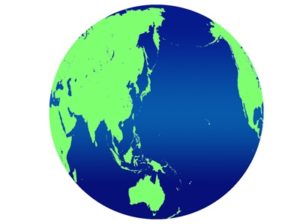
Not only the Japanese but the Chinese, the Taiwanese, Koreans, and the Vietnamese use chopsticks, and they all eat rice. The Japanese use only chopsticks, but other cultures use spoons as well. Instead of using spoons, the Japanese lift the rice bowl close to the mouth. It is said that thirty per cent of the world population uses chopsticks, another thirty per cent uses knife and fork, and the rest use their hands to eat.
The difference of hashi setting on the table among the Japanese, the Chinese and Koreans.
Japanese chopsticks
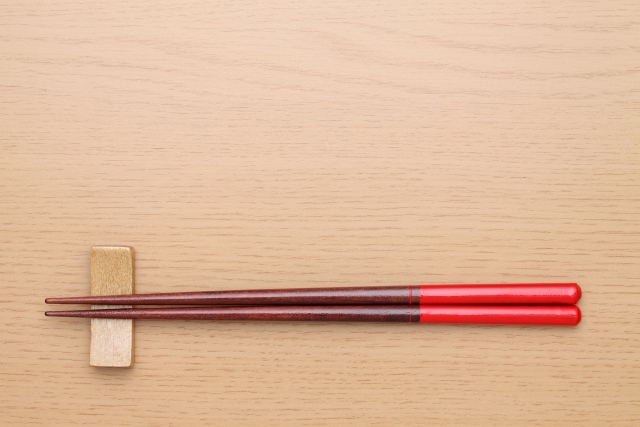 The Japanese use only chopsticks.
The Japanese use only chopsticks.
To eat soup, you lift the bowl and sip from the bowl.
To help yourself from the center plate, use tori-bashi (serving hashi). Jika-bashi (serving food with your own chopsticks) is detested.
Hashi are made mainly of wood or bamboo.
Chinese chopsticks
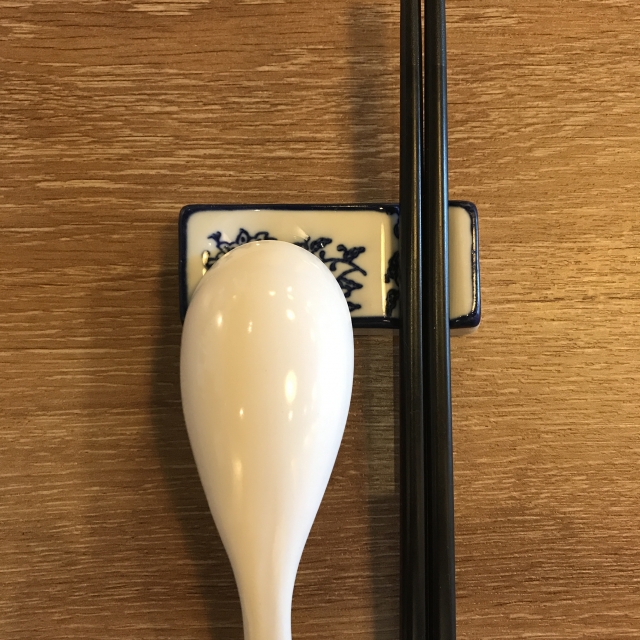
The Chinese use chopsticks and spoons.
To eat rice and soup, spoons are used.
For other dishes chopsticks are used.
Serving chopsticks are not used.
Jika-bashi is rather favored.
They are made of wood, bamboo, etc.
Korean chopsticks
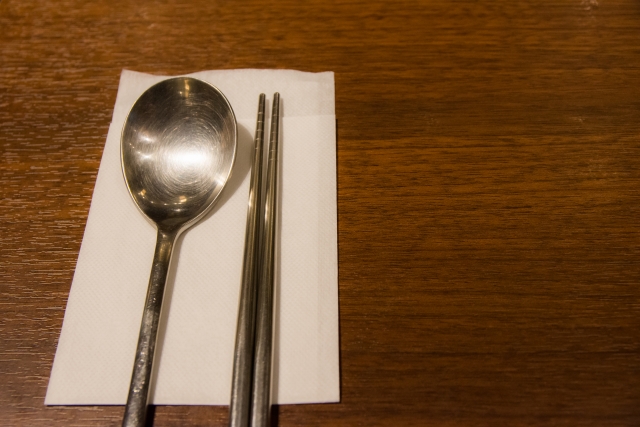
The Koreans use chopsticks and spoons.
Spoons are used only to eat rice, and for other dishes chopsticks are used.
Serving chopsticks are not used. Jika-bashi is acceptable They are made of silver or stainless steel.
Functions of Hashi.
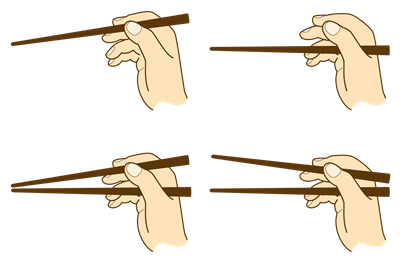
Chopsticks have many functions such as picking up, catching, supporting, breaking up and dividing food. It is said that the dexterity of the fingers is developed by using chopsticks and that this in turn stimulates the brain. Unfortunately children these days tend to use spoons and forks, and cannot use chopsticks properly when they are grown.
to catch
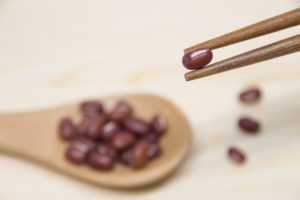
to pick up
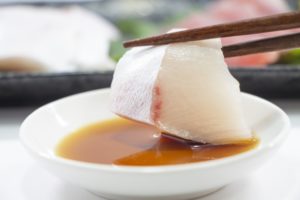
to scoop
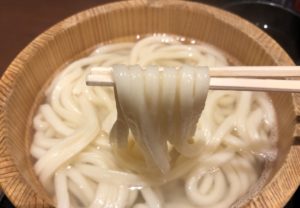
to break up
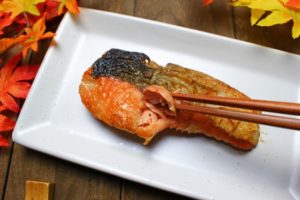
Waribahi:
Does disposable chopsticks lead to deforestation?
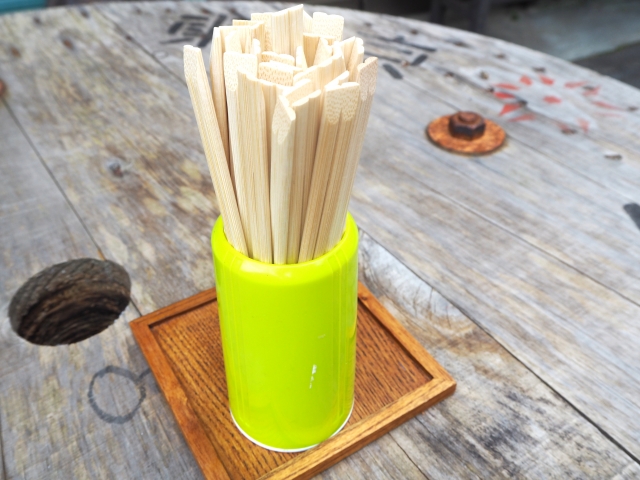
Hashi put out for visitors or in restaurants are half-split chopsticks;made of unfinished wood,they are to be used and thrown away.
Disposable wooden chopsticks are made of thinned-out timber. Thinning out forest helps conservation, rather than destruction.
Waribashi taboos
- Do not make funny gesture and a big noise when spitting apart waribashi.
- Do not smooth waribashi against each of the pair
Try it
It's a good idea to start with ”practice chopsticks” to learn the correct way to hold it.
This is because it is difficult to cure once you remember the wrong way of holding.
